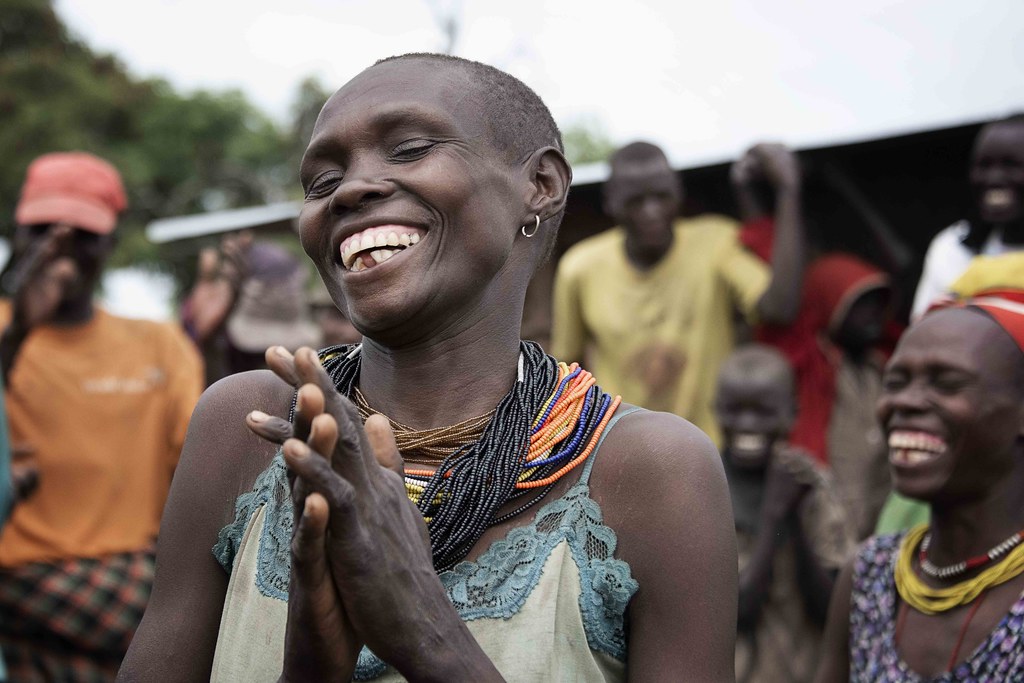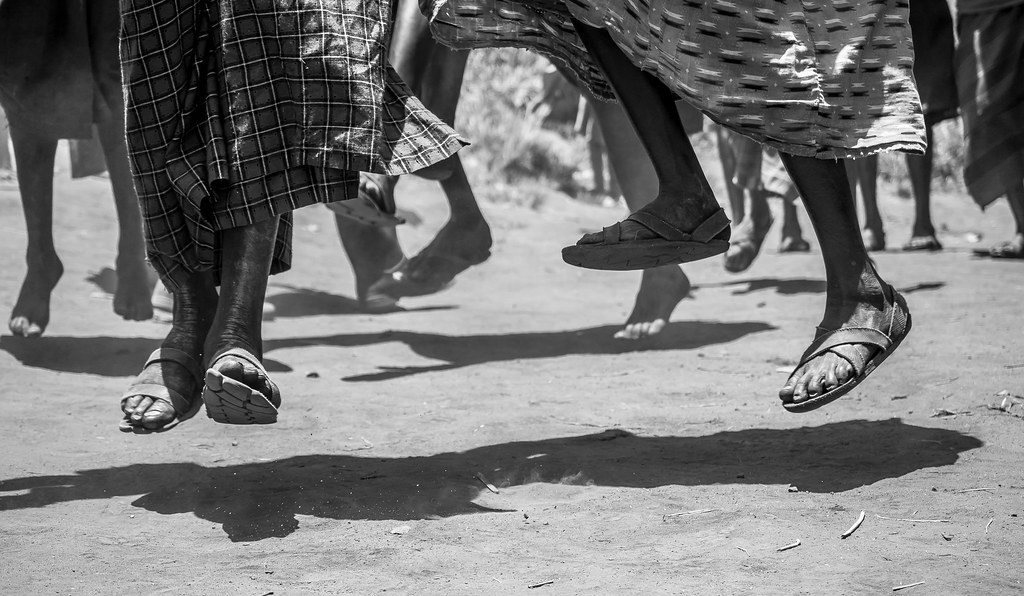
The Ik Tribe
The Ik Tribe
The Ik tribe, often referred to as Tueso, is an indigenous population located in the Karamoja region of northeastern Uganda and is included in the Cultural Safaris to Kidepo National Park. In the local language, “Ik” roughly denotes precedence in migration or the inaugural migrant to this location. The Ik tribe originated from Ethiopia, initially established themselves in Kenya, and subsequently relocated to the Karamoja region. Faithful to the significance of their designation, they were the inaugural inhabitants of the Karamoja region, likely fleeing from their martial neighbors. Compared to other communities, the Ik community in the semi-arid East African region has relatively limited riches, particularly in contrast to the Toposa, Turkana, and Jie. They maintained a small herd of cattle, goats, sheep, and chickens, while also exhibiting proficiency in hunting wild wildlife, foraging for edible fruits, flowers, leaves, and tubers, as well as cultivating land for food crops in the Karamoja plains.
The adjacent communities to the Ik tribe surpassed them in population and, regrettably, were traditional warriors who took satisfaction in plundering weaker tribes. Karamojong warriors, who thought that their deity Akuj granted them the birthright to all cattle, even those belonging to the Ik, overpowered them and seized their livestock. The Ik community ceased animal husbandry, focused on hunting wildlife, cultivating food crops, managing traditional beekeeping, and foraging for culinary resources on the Karamoja plains. The animal protection and conservation movements of the 1960s exacerbated the grievances of the Ik community as their ancestral territory was transformed into a game reserve. The Ik tribe abandoned their territory without compensation and were relocated to an unfamiliar region high in the Mount Morungole mountains.
A traveler touring Uganda who visits the Ik village gains a fresh and exhilarating perspective on safaris in Uganda. The Ik tribe resides in the Morungole mountain ranges, which ascend to 2,750 meters above the Karamoja lowlands. The montane vegetation in the highlands, characterized by a cool breeze from the elevated terrain, significantly contrasts with the grasslands and forests in the valley, which experience intense heat. The passengers see breathtaking vistas of the rift and surrounding landscapes, in addition to observing distinctive wildlife species. The most exhilarating aspect is engaging with and sharing life experiences with the Ik people.
The Ik people congregate in villages, known as odok, consisting of amicable homes, situated in the comparatively level valleys of the Morungole mountain ranges. The entire settlement, Odok, is enclosed to deter foreign intruders and wild animals. Individual families typically possess a substantial yard that may encompass a food granary, a rack for domestic goods, a kraal for goats and sheep, and a pit latrine. The Ik practice traditional polygamy, marrying as many spouses as their financial means permit for dowries. The Ik community quantifies dowry in terms of goats, sheep, chickens, beehives, and monetary payments. To the global community, these products are inexpensive, yet for the Ik, they are exceedingly difficult to obtain. The Ik husbands construct an asak for each woman and make rotating visits within the same odok.
Childbearing is a manifestation of favors for humanity, and for the Ik tribe, rearing offspring is a communal obligation. The parents care for the infants until approximately four years of age, after which the grandparents assume responsibility. The grandparents serve as a living repository of knowledge from which children obtain essential life survival skills. At an average age of 13 years, the grandchildren depart from their grandparents’ care. Male peers of the same age construct their own asak and form a community, whilst females are deemed “mature” and prepared for matrimony.
 The traditional Ik culture practices woman inheritance following the loss of a partner or divorce. Sexual promiscuity is severely penalized, incest is considered taboo, and adultery is subject to capital punishment. Youths possess their own asak, enabling them to engage in clandestine partnerships and dating.
The traditional Ik culture practices woman inheritance following the loss of a partner or divorce. Sexual promiscuity is severely penalized, incest is considered taboo, and adultery is subject to capital punishment. Youths possess their own asak, enabling them to engage in clandestine partnerships and dating.
Historically, the Ik have constituted a marginalized community mostly due to their limited population size. Presently, there exists a population of 10,000-15,000 Ik persons that are less educated, less competent, untraveled, and lacking exposure, predominantly located in the Morungole mountain ranges. At present, there is a state of relative tranquility, and Karamojong warrior incursions are a matter of the past for the Ik community. The Ugandan government is educating people on health, cleanliness, education, agriculture, security, housing, and other areas. Civil society is empowering them through skills development and income-generating initiatives.
The proximity of Kidepo Valley National Park has heightened international recognition to the Ik people. Travelers on safari in Uganda who visit the Ik experience an authentic representation of Africa in its primordial essence.


